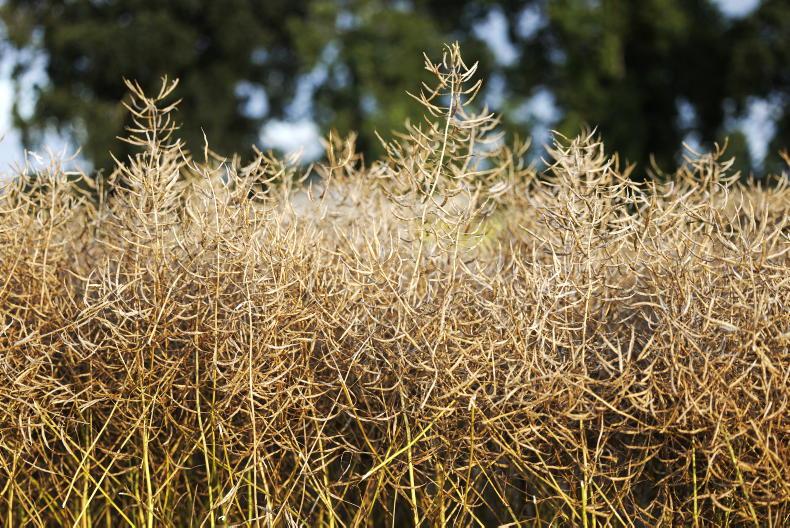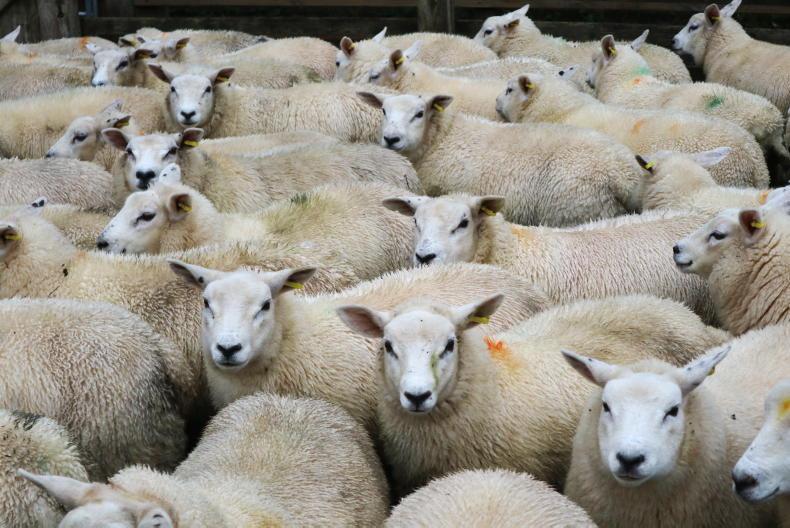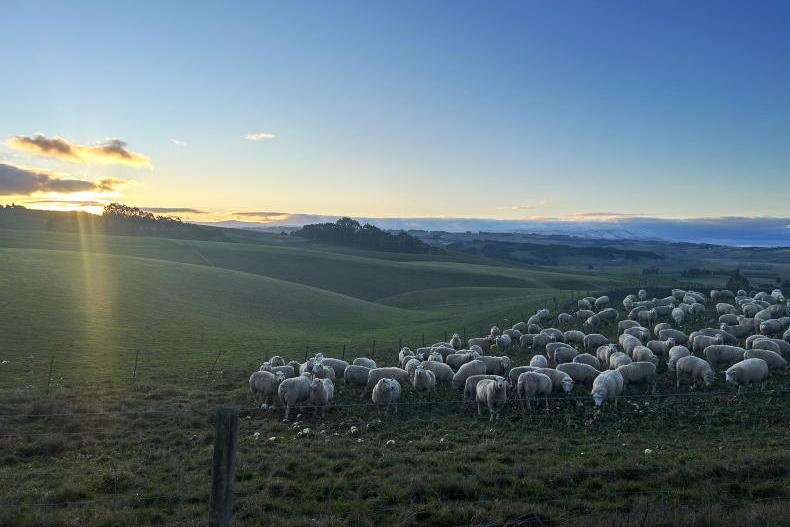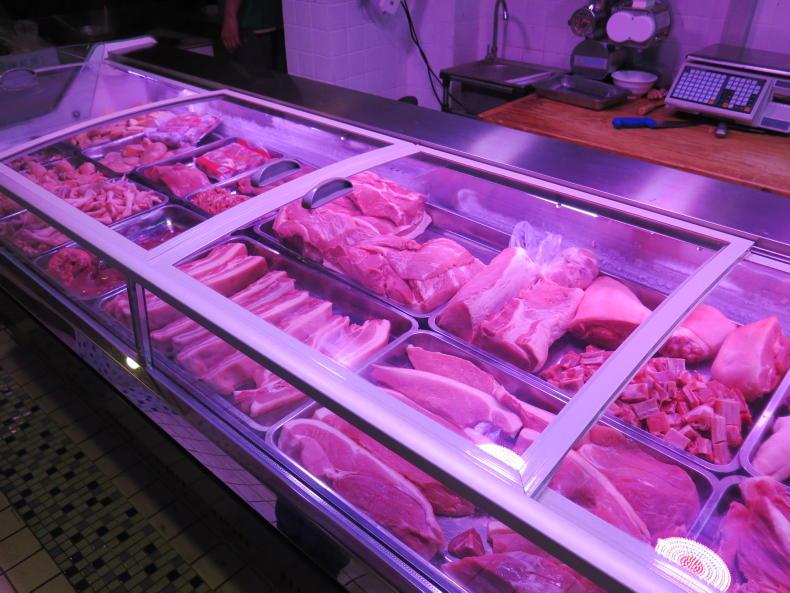Last week, Minister for Agriculture Food and the Marine Michael Creed announced Chinese authorities had agreed an accelerated process for Irish sheepmeat access to the Chinese market.
The move came following the submission of detailed documentation, with the General Administration of Customs (GACC) (which oversees market access) committing to an inspection visit for sheepmeat in August 2019. The visit is expected to include both a systems audit and plant inspections.
We have seen from the experience with beef and other products that securing market access can be a slow process that is achieved at a pace set by Chinese authorities
The fact that seven Irish beef plants have already secured approval to trade beef to China and 12 more are also on the list for inspection in August should hopefully provide some indication as to what the GACC will be looking for and in turn potentially advance the rate of sheepmeat access.
We have seen from the experience with beef and other products that securing market access can be a slow process that is achieved at a pace set by Chinese authorities and once gained does not automatically open the door to exports.
The timing of the visit could bode well, though, given the domestic meat deficit caused by African Swine fever and the fact that there is likely to be a long recovery process.
Largest consumers
Just as has been the case with reports on the exact extent of African swine fever in China, getting detailed information on other sectors in the country is often challenging.
Up until recent years, there was relatively little discussed in terms of China’s sheep sector.
This is despite China having the largest sheep flock in the world.
The country is said to hold the position of consuming the most sheepmeat globally. Its sheep sector is made up of a mixture of a large number of small-scale producers where sheep are processed in local abattoirs and larger, more specialised units.
China was not a significant player in imports or exports, a situation which is changing drastically.
China is now the number one importer of sheepmeat, with in excess of 300,000t of sheepmeat entering the market in 2018, a jump of 30% on 2017 levels.
Huge demand
Meat and Livestock Australia (MLA) reports China purchasing record volumes of imported product in 2018, with growth continuing in 2019.
The latest data from the European Commission shows Chinese sheepmeat imports increasing from just over 60,000t in the period January to February 2018 to over 70,000t in the corresponding period this year.
A recent report by the Agriculture and Horticulture Development Board (AHDB) in the UK shows this growth in imports holding steady, with 99,000t of sheepmeat imported by China in the first quarter of 2019, representing a 9% year-on-year increase.
The big beneficiaries of China’s unquenchable appetite in recent years have been New Zealand and Australia. Rebecca Osborne, red meat analyst with AHDB, says the volume of sheepmeat imported by China from New Zealand has recorded a five-fold increase in the last 10 years as reflected in Figure 1.

As can also be seen, the increase in sheepmeat exports to China has also benefited EU producers, with New Zealand targeting the Chinese market at the expense of prioritising exports to the EU.
Increasing value
There is still a significant volume of sheepmeat imported into the EU from New Zealand, which is not surprising given it is the most important market at New Zealand’s disposal in terms of a combination of value and volume. Figure 2 from Beef and Lamb New Zealand reflects this picture.

New Zealand targets Belgium, Germany and the US with their most valuable cuts.
While the value of exports to China lags behind other market destinations, it is important to note that there is a significantly different product mix.
The Chinese market accounts for lower-value cuts, while there is also excellent demand for fifth-quarter products.
The increased volume of exports to China has been underpinned by a sharp rise in the value of exports, which many industry commentators have now described as plateauing.
The other factor encouraging increased business is a shorter supply channel and reduced transport costs.
The competition for sheepmeat from new Zealand exporters has also underpinned the country enjoying a sustained period of high prices, with returns from sheep farming comparing very favourably to competing sectors.
Of the 99,000t imported for the first quarter in 2019, AHDB analysis shows in the region of 79,000t imported as frozen bone-in cuts, 14,000t of frozen carcases, approximately 5,000t of frozen boneless cuts and a small volume of fresh produce.
Australian exports
Australia’s growth in exports to China has been slower than New Zealand.
Australia continues to focus on its premium export markets but has grasped the opportunity that China offers to bring better balance to demand for all parts of the carcase.
From a standing start, MLA reports that China now accounts for about a quarter of Australia’s sheepmeat exports.
Exports are predicted to fall back to in the region of 400,000t in 2019
In volume terms, Australia’s sheepmeat exports increased by about 50,000t in 2018 to reach 450,000t, so it shows just how important the Chinese market has become.
Exports are predicted to fall back to in the region of 400,000t in 2019, with the spike in 2018 stemming from higher culling as farmers struggled to deal with one of the worst droughts on record while record prices incentivised this culling.
MLA reports that the majority of product destined for the Chinese market remains lower-value cuts such as frozen breast and flap used in dishes such as stir fry, stew, soup, dumpling and hot pot. Like New Zealand, Australia has also seen a gradual increase in demand for higher-value cuts.
Gaining access to China for Irish sheepmeat would provide an alternative outlet and, similar to both New Zealand and Australia, it would provide greater demand for lower-value products.
The Irish sheepmeat sector is already benefiting from lower volumes of New Zealand sheepmeat in the EU market and it could certainly be the case that even if Ireland does not directly benefit from large volumes of sheepmeat eventually being exported to China, continued growth in New Zealand and Australia could open more opportunities in other markets.
There is also a word of caution needed as we have witnessed previously.
For now, all that Irish sheep farmers can hope for is swift market access
Industry commentators point to a volatility being a big concern, with demand occurring in cyclical patterns.
This could be eclipsed by demand if China’s African swine fever issue continues to escalate.
The other unknown is how growing tensions between the US and China could influence the economy and demand.
For now, all that Irish sheep farmers can hope for is swift market access so that at least the option is there to capitalise any alternative market.
This will be ingrained in many producers’ minds given the current collapse in lamb prices.










SHARING OPTIONS